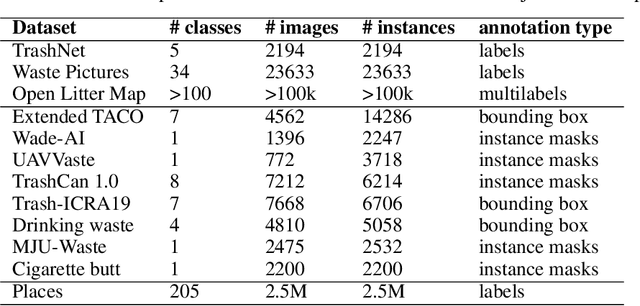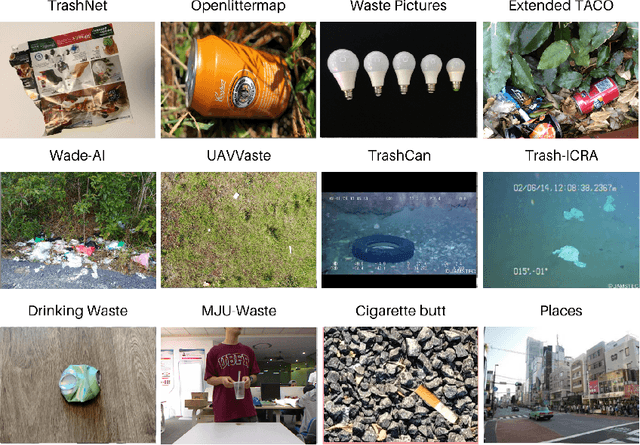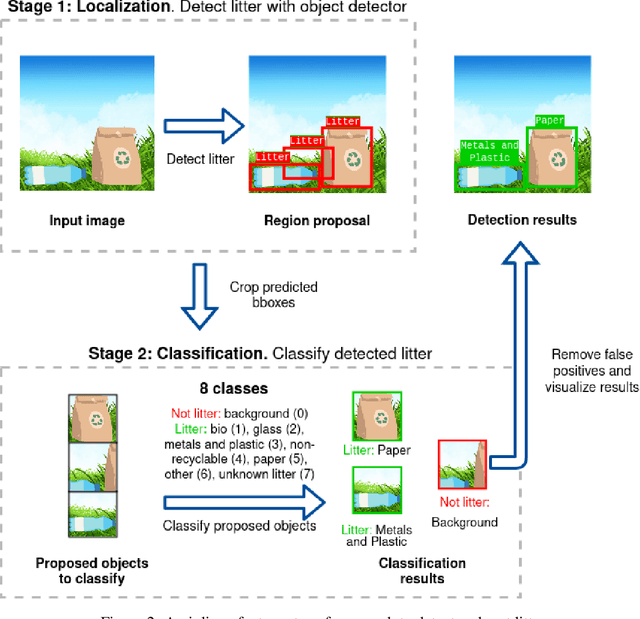Zuzanna Klawikowska
Review of methods for automatic cerebral microbleeds detection
Jan 31, 2023Abstract:Cerebral microbleeds detection is an important and challenging task. With the gaining popularity of the MRI, the ability to detect cerebral microbleeds also raises. Unfortunately, for radiologists, it is a time-consuming and laborious procedure. For this reason, various solutions to automate this process have been proposed for several years, but none of them is currently used in medical practice. In this context, the need to systematize the existing knowledge and best practices has been recognized as a factor facilitating the imminent synthesis of a real CMBs detection system practically applicable in medicine. To the best of our knowledge, all available publications regarding automatic cerebral microbleeds detection have been gathered, described, and assessed in this paper in order to distinguish the current research state and provide a starting point for future studies.
Waste detection in Pomerania: non-profit project for detecting waste in environment
May 12, 2021



Abstract:Waste pollution is one of the most significant environmental issues in the modern world. The importance of recycling is well known, either for economic or ecological reasons, and the industry demands high efficiency. Our team conducted comprehensive research on Artificial Intelligence usage in waste detection and classification to fight the world's waste pollution problem. As a result an open-source framework that enables the detection and classification of litter was developed. The final pipeline consists of two neural networks: one that detects litter and a second responsible for litter classification. Waste is classified into seven categories: bio, glass, metal and plastic, non-recyclable, other, paper and unknown. Our approach achieves up to 70% of average precision in waste detection and around 75% of classification accuracy on the test dataset. The code used in the studies is publicly available online.
 Add to Chrome
Add to Chrome Add to Firefox
Add to Firefox Add to Edge
Add to Edge